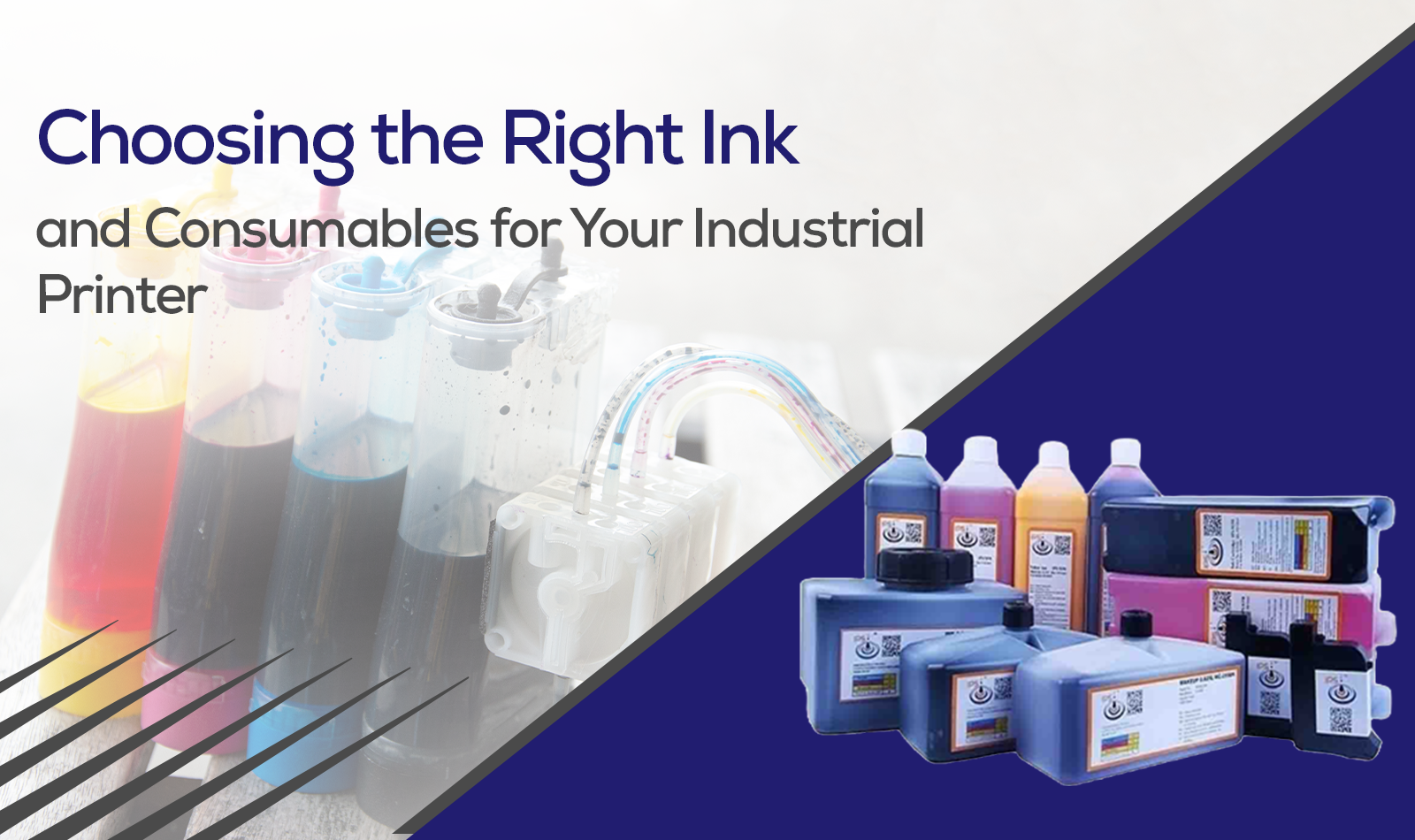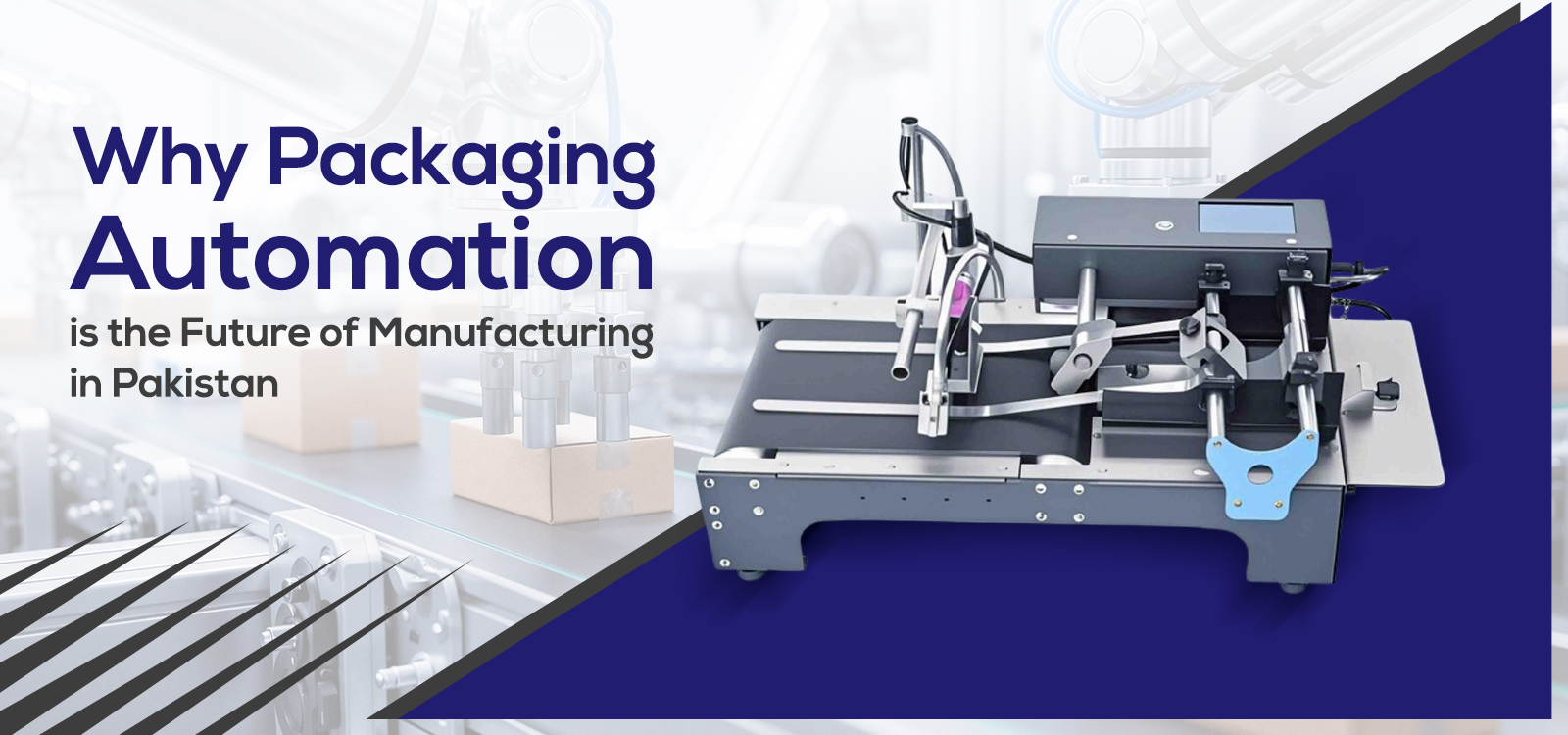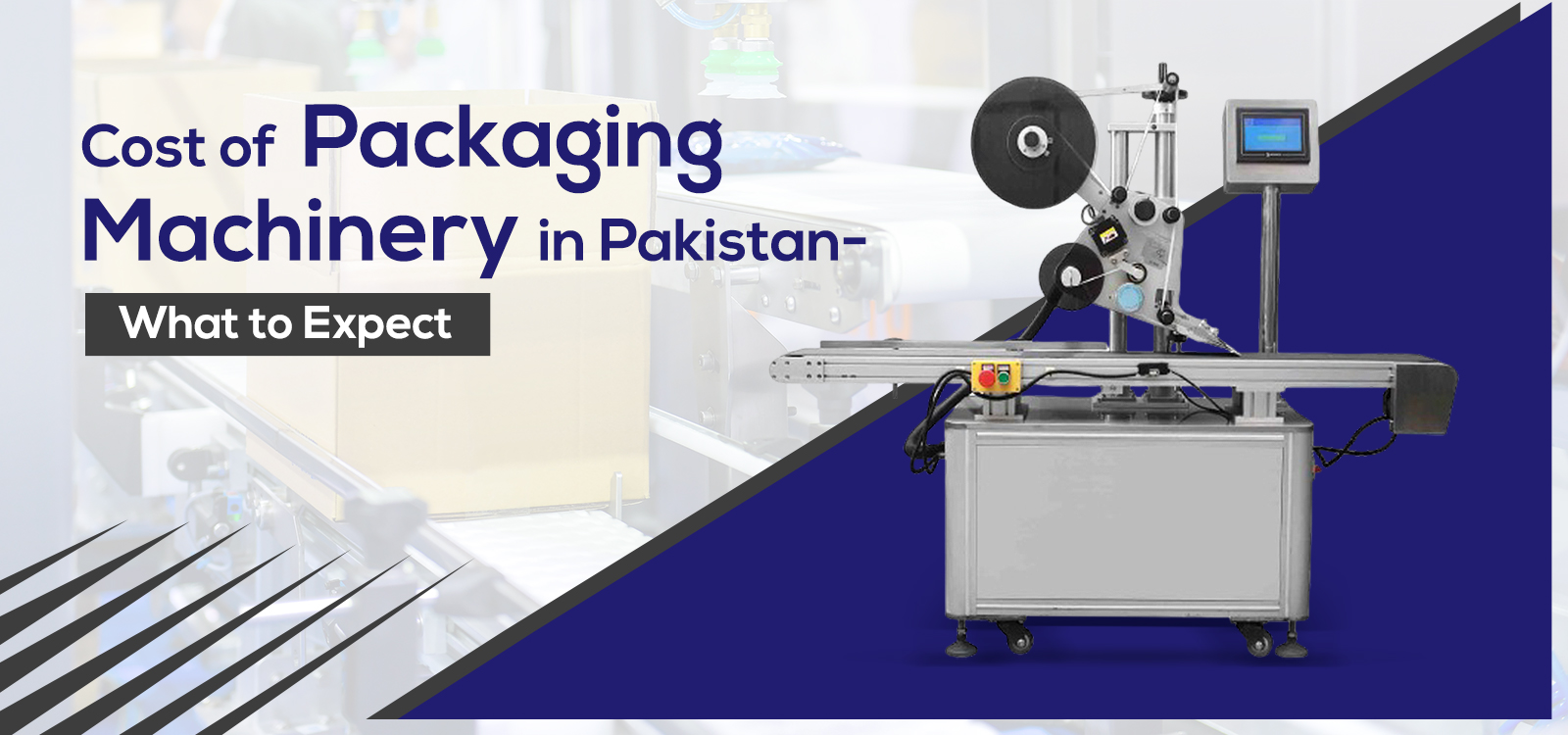Why Packaging Automation is the Future of Manufacturing in Pakistan
You walk into any factory, and you see the same challenge. Products are produced at scale, but the packaging line struggles to keep up. Manual packaging is slow, tiring, and full of errors. This is where Packaging Automation Pakistan is starting to change the way industries work.
Factories are under pressure to do more with less. Whether it is food, beverages, textiles, or pharmaceuticals, the demand for efficiency is constant. Automated packaging machines and smart packaging solutions bring speed, consistency, and reliability that manual processes cannot match. Manufacturers in Pakistan are starting to see packaging technology as an essential part of smart manufacturing technology, not a luxury.
In this blog, we’ll examine why packaging automation is not simply the way of the future but also the revolutionary development Pakistani factories have been waiting for. Let’s get started.
Why Does Packaging Automation Matter in Pakistan?
Pakistan’s manufacturing sector contributes nearly 20 percent of the national GDP. But let’s not pretend it’s a walk in the park. Rising wages, relentless global rivals, and international buyers who want nothing short of perfection? That’s a tough crowd. Manual packaging leaves too much room for mistakes. Automation addresses these problems directly.
Recent reports from 2024 show that factories adopting automation reduce packaging waste by up to 18 percent and improve overall productivity by nearly 30 percent. For exporters, these numbers are not just statistics. They are the difference between keeping contracts and losing them.
Benefits of packaging automation
Speed That Actually Delivers
Automated machines don’t call in sick, don’t zone out, and definitely don’t take smoke breaks. You flip the switch, and hundreds of packages fly off the line every minute. Hitting those tight deadlines or unexpected rush orders? Yeah, you’re covered.
Consistency You Can Count On
We’ve all seen it: a label stuck on at a weird angle or a box that’s barely holding together. Not a great look. With automation, every item gets the same treatment. No more “oops” moments, just solid, repeatable quality. Customers notice that stuff.
Cutting Costs Without Cutting Corners
Sure, the price tag on new machines isn’t tiny. But let’s do the math: way less wasted material, fewer mistakes, and you don’t need quite as many folks glued to the packing line. Over time, those savings start adding up in a big way. Suddenly, automation looks pretty smart, even for the bean counters.
A Safer Spot for Your Team
Honestly, repetitive packing work can be brutal. Sore backs, tired hands, the works. Hand it off to the machines, and your team gets to focus on stuff that actually needs a human touch. Less risk, happier employees.
Smart Packaging Solutions for Modern Needs
Packaging isn’t just tossing stuff in a box anymore. These days, you’ve got automated barcode printers humming along, weight checkers catching even the tiniest slip-ups, and tracking systems that know exactly where every product’s at, every step of the way. If you’re in food or pharma? This tech isn’t just a luxury; it’s absolutely mission-critical. Nobody wants a recall on their hands because something fell through the cracks.
Picture your production floor: every single item gets a flawless label, batch number, and expiry date; no missed stamps, no guesswork, just tight quality control. That’s peace of mind for both you and your customers.
And, with real-time data tracking, managers don’t have to chase down info or hope for the best. They get the full picture, what’s made, what’s packed, and what’s out the door, without lifting a finger. That’s the magic of smart packaging: it keeps your operation running like a well-oiled machine, makes life easier, and keeps you ahead of the competition.
The Need for Change: And Why It Can’t Wait
Pakistan’s packaging industry really can’t afford to just sit back and chill. The rest of the world is automating like crazy; over 6% growth every year. That’s not just a small bump; it’s a full-on sprint. If you’re in exports, you already know the drill: international standards are tight, and you can’t just wing it anymore.
Some local players are already on it. Food processors using automation? Way fewer recalls, and things get out the door faster. Textile exporters are cutting down on wasted material and saving big bucks. This isn’t some trend that’s coming up in a few years; it’s already making waves. Miss the boat now, and you’re basically letting competitors eat your lunch.
Manual vs Automated Packaging
| Aspect | Manual Packaging | Automated Packaging |
| Speed | Slow; think of a tortoise running a marathon | Fast; machines don’t need coffee breaks |
| Accuracy | Oops, did I pack that twice? | Precise; robots rarely slip up |
| Cost | Cheaper today, expensive tomorrow | Pricey at first, pays off down the road |
| Safety | Sore backs and wrists galore | Much safer; let the robots do the heavy lifting |
| Compliance | Easy to mess up a rule | Machines keep everything by the book |
Wrapping up
Automation in packaging isn’t a luxury for Pakistani manufacturers anymore; it’s a necessity. Streamlined production, reduced expenses, and compliance with global standards have become the baseline, not the bonus. Automated packaging systems and smart solutions are quietly but surely rewriting the rules of the industrial game.
With Smartlinks offering both cutting-edge technology and solid support, manufacturers have everything they need to make the leap into smart manufacturing. At this point, the choice is simple: innovate now, or risk being left behind as the world moves forward.
Latest Article

Smart Printing Solutions Every Food & Beverage Brand in Pakistan Should Know About

Choosing the Right Ink and Consumables for Your Industrial Printer — A Complete Guide

Inkjet Printer Issues? Here’s How to Fix the Most Common Problems

CIJ vs TIJ Printers: Which One Should You Choose for Your Factory in Pakistan?

Why Packaging Automation is the Future of Manufacturing in Pakistan

